The Revolutionary Legacy of Twelve-Tone Serialism
In the early 20th century, as the foundations of Western classical music were being challenged, Arnold Schoenberg introduced a radical compositional technique that would forever alter the trajectory of modern music. Twelve-tone serialism, also known as dodecaphony, emerged as a systematic approach to atonality, dismantling traditional hierarchies of tonality and offering composers a new framework for organizing pitch material. This method, which initially provoked controversy, eventually became a cornerstone of avant-garde composition, influencing generations of musicians and reshaping contemporary classical music.
The Genesis of a New Musical Language
Schoenberg's development of twelve-tone technique in the 1920s was not an isolated phenomenon but rather a response to the growing chromaticism and dissolution of functional harmony in late Romantic and early modernist works. Composers like Wagner, Mahler, and Debussy had already pushed tonal boundaries to their limits, creating a musical landscape ripe for reinvention. Schoenberg's innovation lay in his systematic approach: instead of relying on a tonal center, he arranged all twelve pitches of the chromatic scale into an ordered sequence or "row," ensuring that no single note dominated the others. This egalitarian treatment of pitches represented a profound philosophical shift in musical thought.
The technique's implementation was rigorous yet flexible. A composer would create a tone row, then employ its four basic transformations: prime (original form), retrograde (backward), inversion (upside down), and retrograde inversion (backward and upside down). These transformations could be transposed to any pitch level, creating a vast network of interrelated musical material. This systematic approach provided structural unity while allowing for considerable expressive freedom, a paradox that fascinated both practitioners and critics of the method.
Controversy and Reception
Initial reactions to twelve-tone music ranged from bewilderment to outright hostility. Traditionalists accused serialists of creating cerebral, emotionless music that alienated audiences. The dense, dissonant textures and absence of familiar tonal landmarks proved challenging even for sophisticated listeners. Performers, too, struggled with the technical demands of this new repertoire, which often required unconventional techniques and extreme precision in execution.
However, a growing circle of composers recognized the potential in Schoenberg's innovation. His pupils Alban Berg and Anton Webern became leading exponents of the technique, each developing distinct approaches that demonstrated its versatility. Berg's Lyric Suite and Webern's Symphony, Op. 21 revealed how twelve-tone organization could accommodate both expressive lyricism and crystalline abstraction. By the mid-20th century, serialism had gained institutional recognition, particularly in academic circles, where it was often regarded as the logical progression of Western art music.
Expansion and Diversification
Following World War II, twelve-tone technique underwent significant expansion as composers began applying serial principles to other musical parameters. Pioneers like Pierre Boulez and Karlheinz Stockhausen developed "total serialism," extending the row concept to duration, dynamics, articulation, and even timbre. This radical approach resulted in music of extraordinary complexity, where every aspect of the composition was predetermined by serial organization.
Meanwhile, other composers sought to reconcile serial techniques with more traditional musical values. Figures as diverse as Igor Stravinsky, Aaron Copland, and Benjamin Britten incorporated elements of twelve-tone writing into their later works, often blending them with tonal references or folk materials. This hybridization demonstrated the technique's adaptability and helped bridge the gap between avant-garde experimentation and mainstream concert repertoire.
Legacy and Contemporary Relevance
While the heyday of strict serial composition has passed, its impact continues to resonate through contemporary music. The conceptual rigor of twelve-tone thought influenced minimalism, spectral music, and various post-modern approaches. Many of today's composers employ serial techniques selectively, combining them with other methods or using them as generative tools in computer-assisted composition.
Perhaps more significantly, serialism's challenge to musical convention expanded the very definition of what music could be. By breaking free from tonal hierarchy, it opened doors to new sonic possibilities and encouraged composers to reconsider fundamental assumptions about musical structure and expression. In this sense, twelve-tone serialism represents not just a specific compositional method, but a transformative moment in the history of musical thought—one that continues to inspire innovation and debate nearly a century after its inception.
The story of twelve-tone music reminds us that artistic revolutions often begin as radical propositions before becoming absorbed into the broader cultural fabric. What was once considered incomprehensible has become part of the standard repertoire, studied by music students worldwide and performed by major orchestras. This evolution speaks to the enduring power of Schoenberg's vision and the creative potential that emerges when artists dare to reimagine the foundations of their craft.

By /May 30, 2025
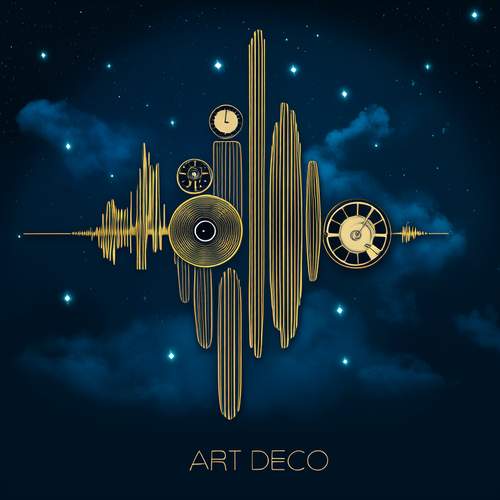
By /May 30, 2025

By /May 30, 2025
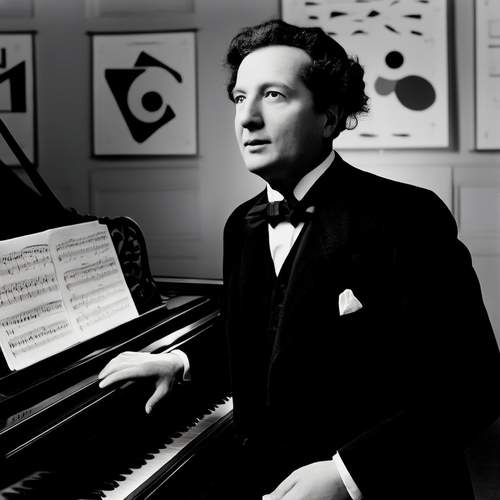
By /May 30, 2025

By /May 30, 2025
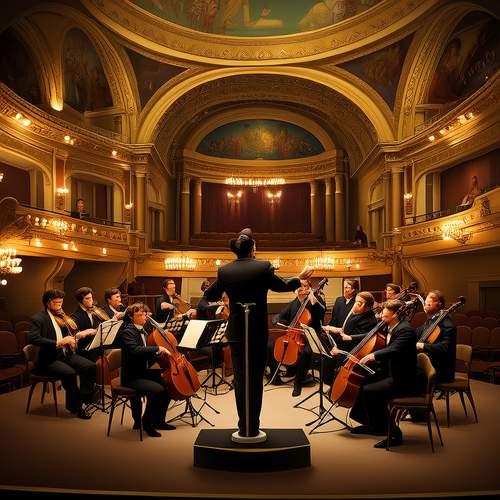
By /May 30, 2025
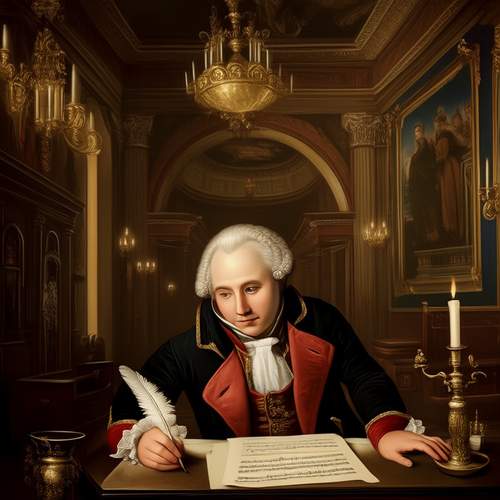
By /May 30, 2025
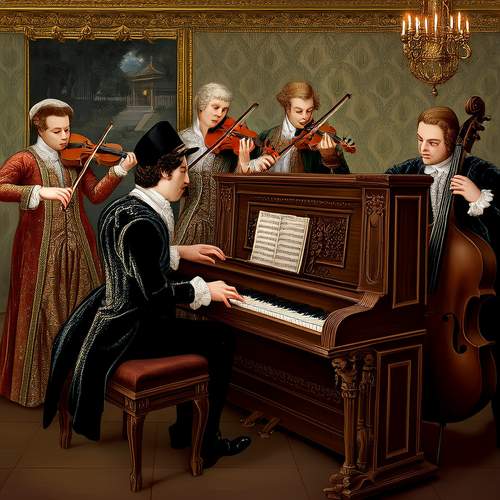
By /May 30, 2025
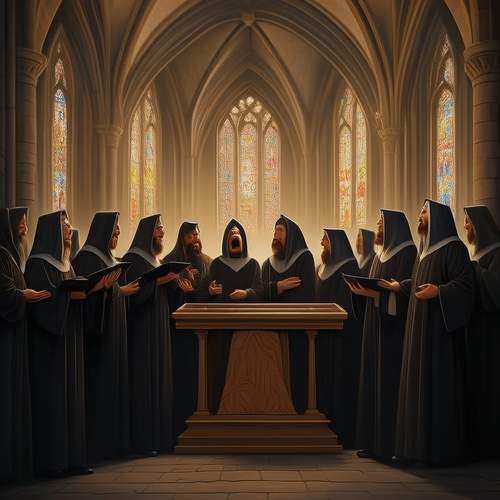
By /May 30, 2025

By /May 30, 2025
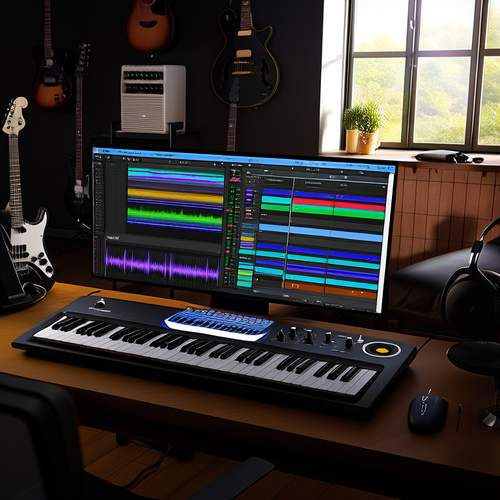
By /May 30, 2025
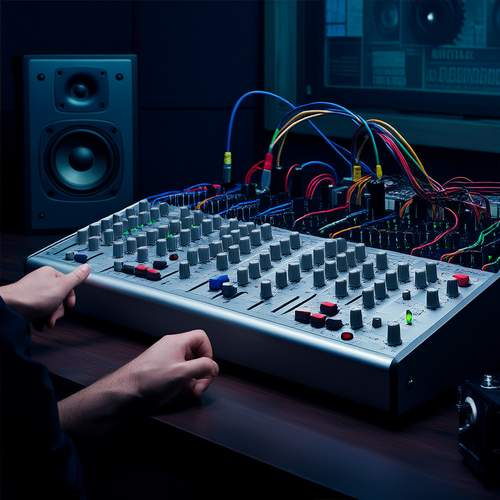
By /May 30, 2025
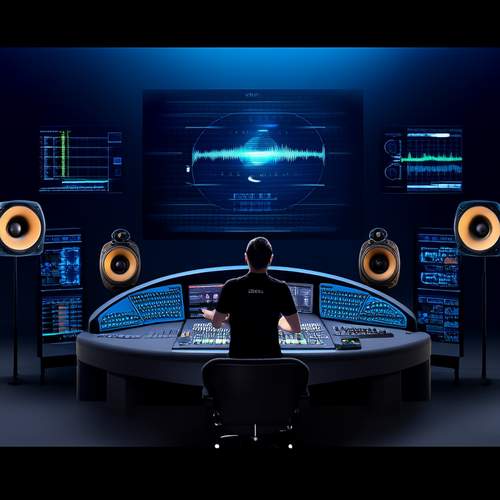
By /May 30, 2025

By /May 30, 2025

By /May 30, 2025
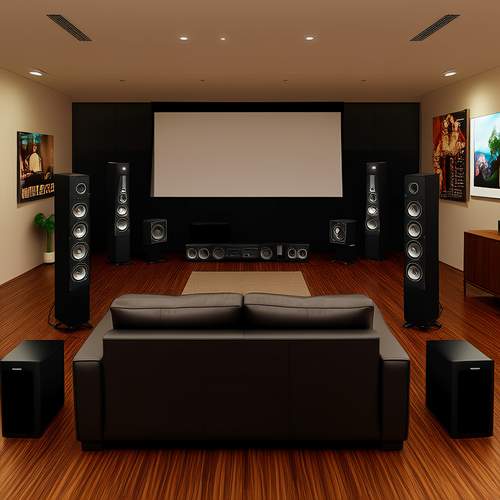
By /May 30, 2025

By /May 30, 2025

By /May 30, 2025

By /May 30, 2025

By /May 30, 2025